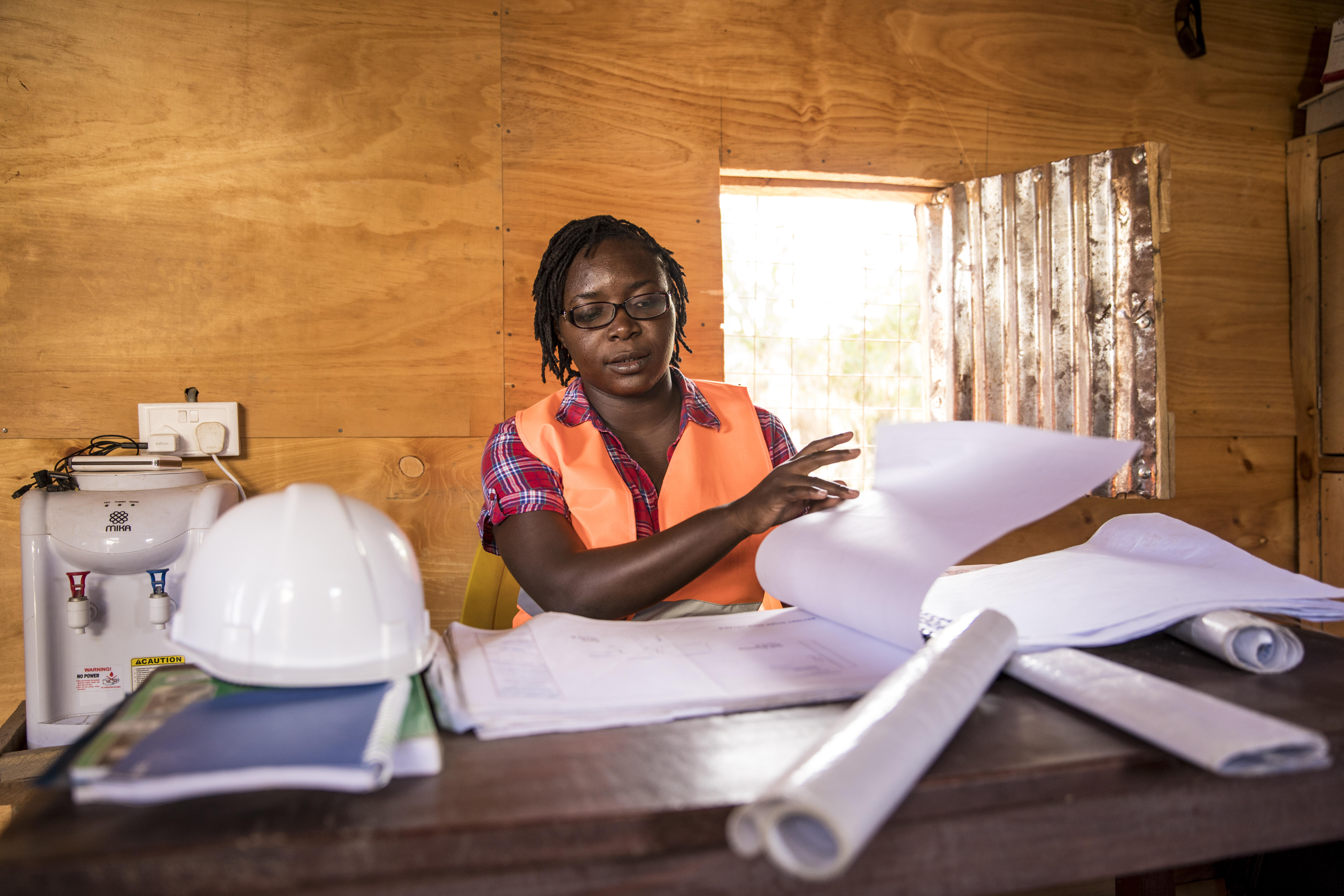Thriving sanitation economies and menstrual health markets are global public goods. SHF supports their development by building and sharing open source data, development approaches, financing mechanisms, guidance and information.
Even though sanitation economies and menstrual health markets have emerged as fields of research, the available knowledge and evidence are still quite limited. Market potential and opportunities, and the benefits associated with different types of interventions relative to their costs are not well understood. There are also gaps in the quantitative data on the longer term health, education, economic, climate and environmental impacts of investments in sanitation, hygiene and MHH.
SHF works with partners to support the development of these emerging sectors, through the development and sharing of data, knowledge, research, and the sharing of lessons learned. Over the past two years, SHF has in particular commissioned sanitation economy estimates in five African countries, as well as analysis on the socio-economic returns of investing in menstrual health and hygiene.
As SHF expands and scales its approach, it will continue to place strong emphasis on building the knowledge base and impact models to further support the development of sanitation economies and menstrual health markets.
Read more about SHF’s publications here.
Sanitation economies estimates
In 2023, SHF published sanitation economy estimates for five African countries (in Benin, Kenya, Nigeria, Sierra Leone and Uganda). This work showed that untapped sanitation economies could be worth almost USD 19 billion in these five countries alone and confirmed that investments in national sanitation economies could unlock significant economic, social and environmental benefits.
The estimates presented in the reports are anchored in country planning and budgets, and localized pricing. Baseline estimates for 2022 are projected into the future, with the assumption of reaching universal access, to generate a realistic picture of the full market potential and opportunity. Data collection and analysis was carried out in 2022, followed by a review, including a consultation workshop with government and other key experts in early 2023.
Read SHF’s sanitation economy estimates here.
Menstrual health markets assessments
Analysis commissioned by SHF and published in 2023 offers promising examples from research and practice on potential socio-economic returns from investing in MHH for women and girls -education impact , -health impact and -economic impact. The work also highlights a number of challenges faced by SHF and others working in this nascent area of women’s health, and the urgent need for more evidence building to advance investment for socio-economic return.
Read SHF’s research briefs on impacts of investments in menstrual health here.
Market maturity frameworks
Market maturity for the sanitation economy and the menstrual hygiene market in Low- and Middle-Income Countries (LMICs) is challenging to assess. This is primarily due to scarce and inconsistent data, fragmented market conditions, and a lack of a systematic approach and framework. With these sectors often operating informally with diverse cultural and economic contexts, obtaining unified assessment is challenging.
Governments know little about what investors are looking for by way of impact targets and return, and investors do not understand what is holding governments back from addressing market and regulatory barriers that will unlock investment. The conversation thus becomes one of a lack of investable propositions that risks leaving entrepreneurs with little incentive to enter the market.
In late 2023, SHF started to identify the impact targets and set criteria for what market maturity looks like at country and / or sub-national level from the needs of the major stakeholders. Over the past few months, SHF has commissioned the development of market maturity frameworks for both sanitation economies and menstrual health markets. The outcome of this one of a kind piece of work will be finalized and disseminated in early 2025. The market maturity frameworks will help SHF and partners determine the level and scope of market maturity in individual countries, and propose a set of tailored interventions to unlock markets and adequate financing.

